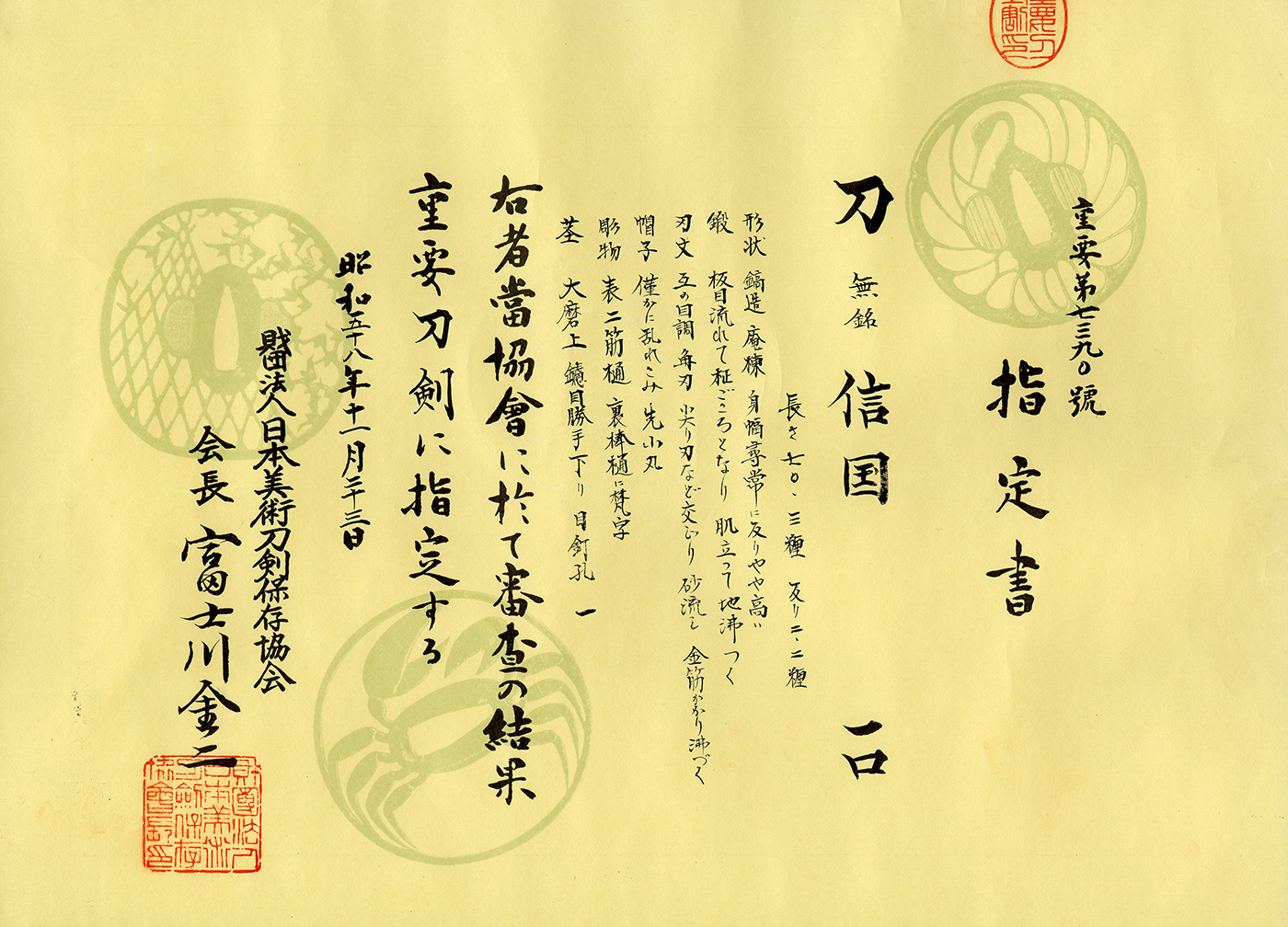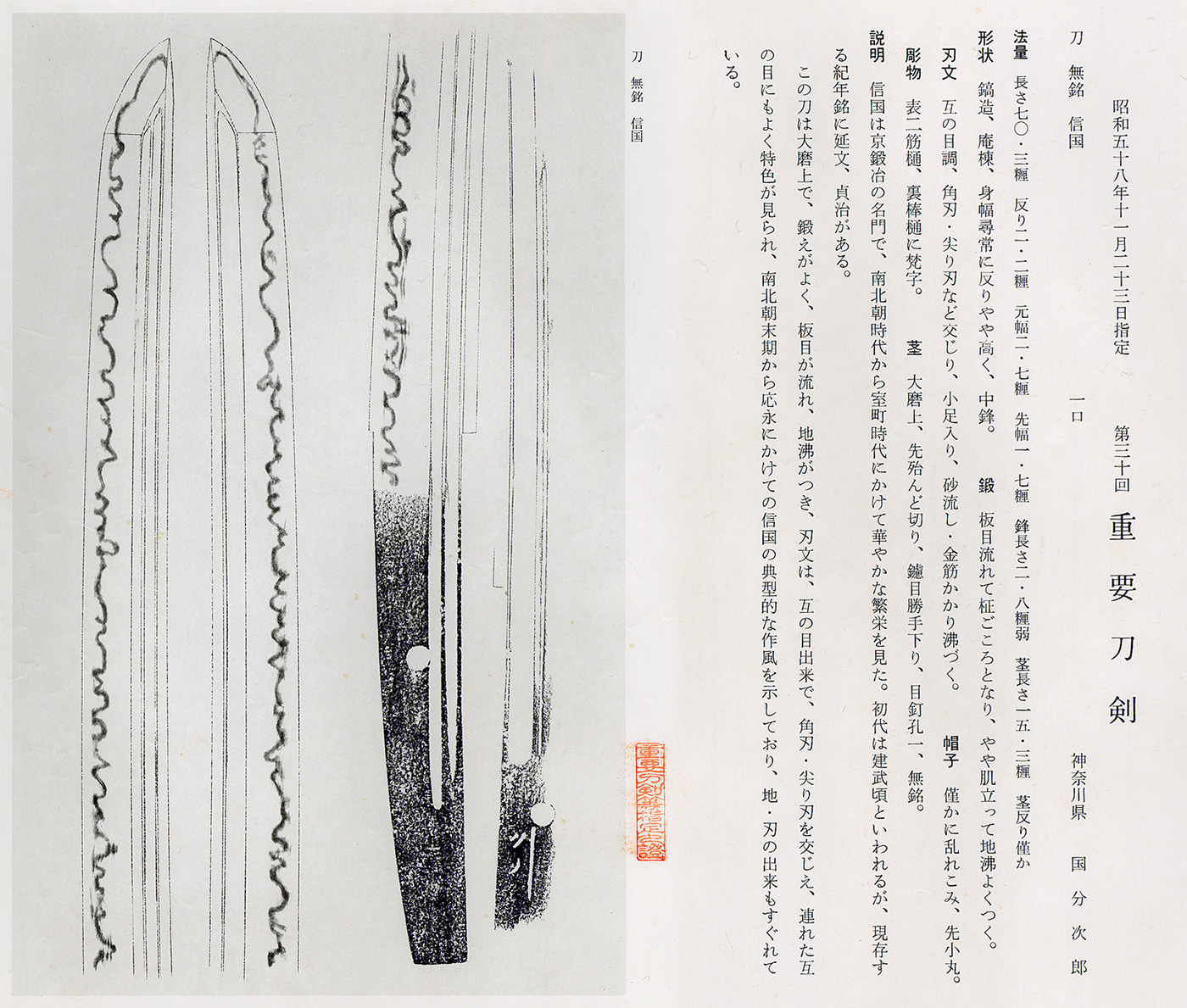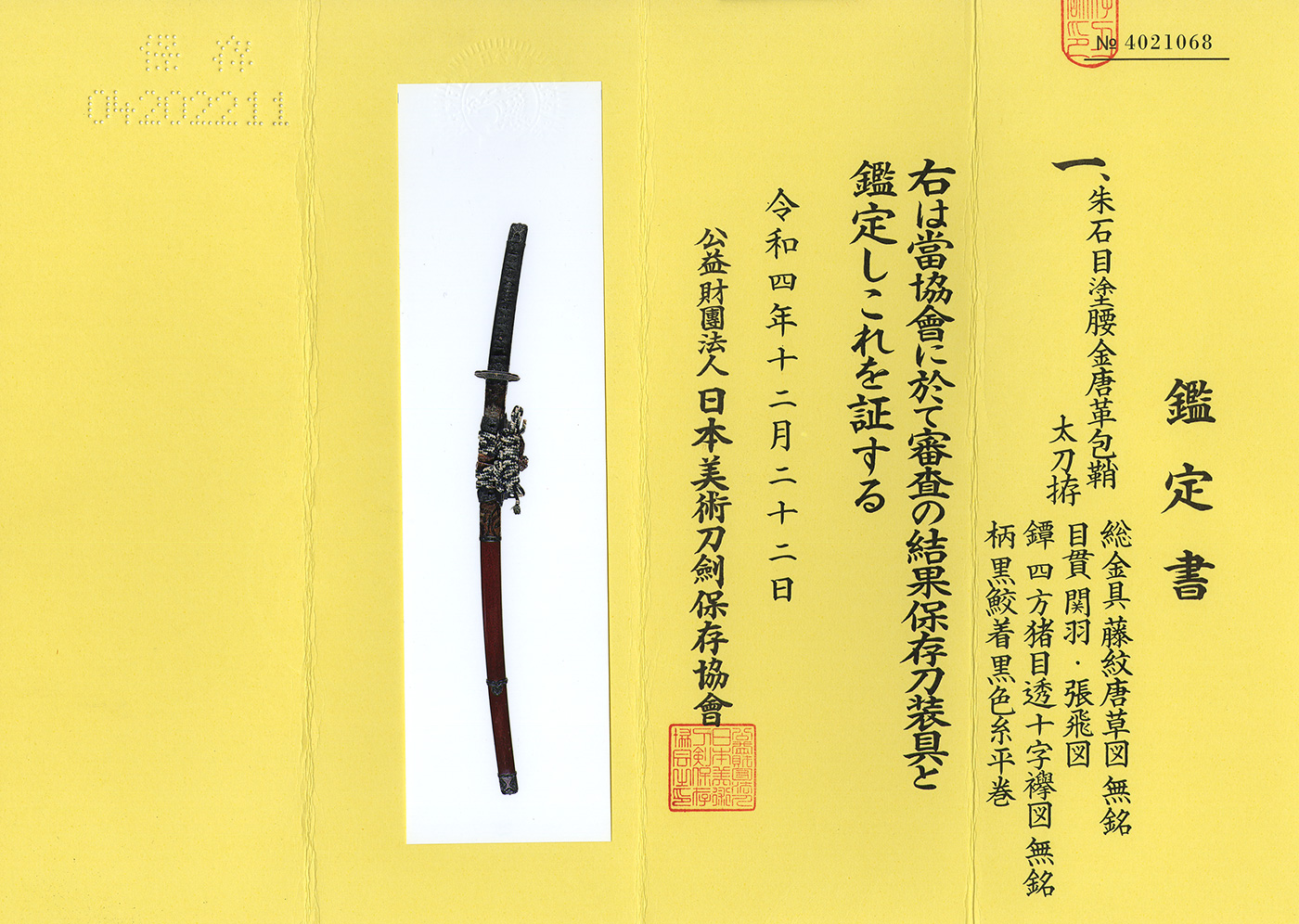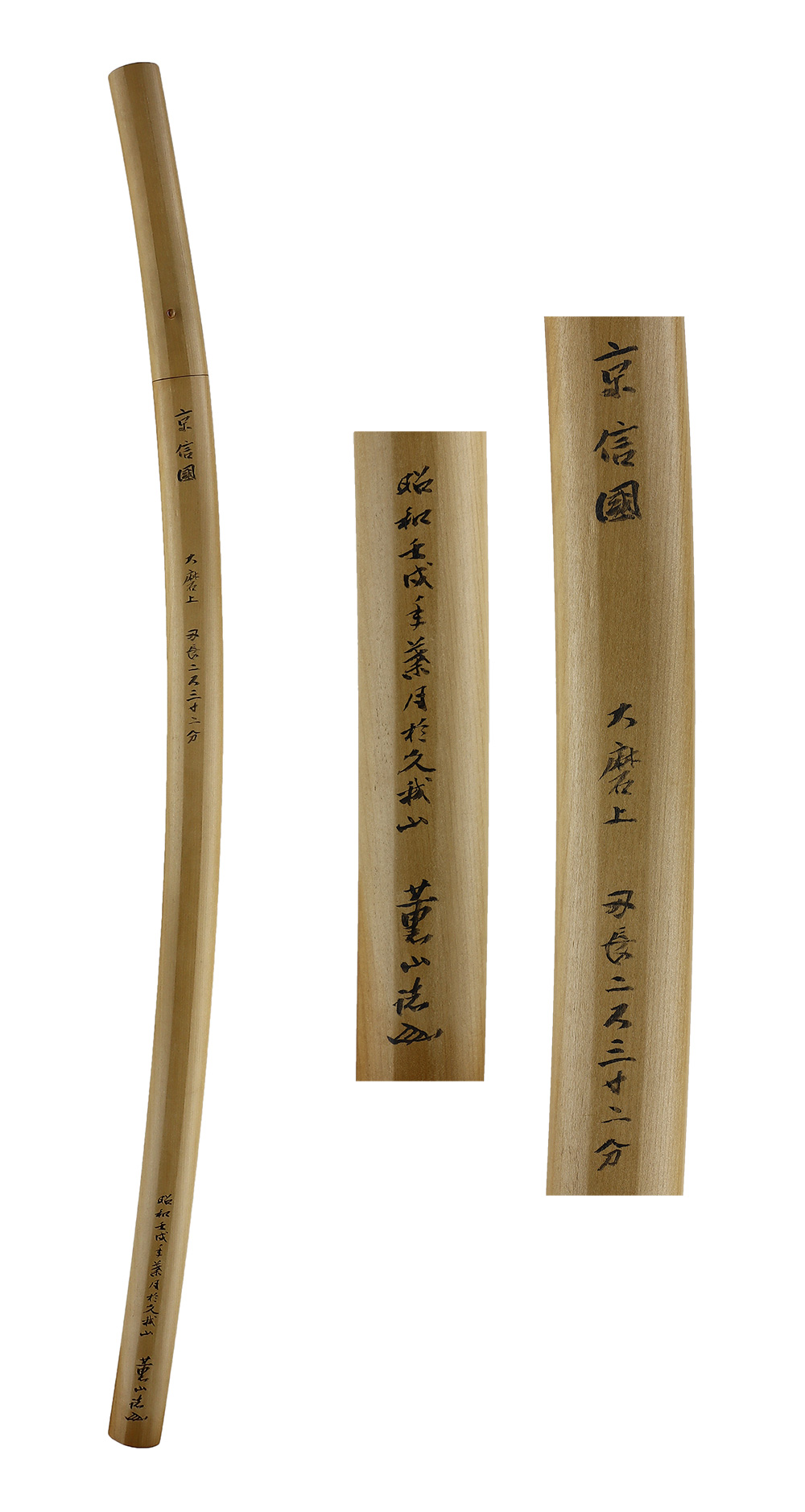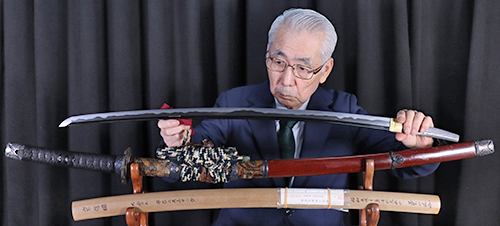Ordering number:23795
Katana in Shirasaya with Koshirae (Juyo Token 30th session)(Koshirae:NBTHK Hozon Tosogu)
Signature: Mumei (Nobukuni)
無銘(信国)
Sayagaki: Kyoto Nobukuni, O-Suriage Mumei
Blade Length 2 shaku 3 sun 2 bu
written by Dr. Kunzan at Kugayama in August 1982.
Middle Edo period: Ranked as Jyojyo Saku: Yamashiro
We divide 4 sections for each sword as Saijyo Saku, Jyojyo Saku, Jyo Saku, and Regular Saku.
This work is ranked as SaiJyo Saku for an unsigned (Nobukuni) piece.
Polished.
Habaki: Gold foiled double Habaki.
Blade length: 70.7 cm (27.83 in)
Curvature: 2.1 cm (0.83 in)
Mekugi hole: 1
Width at base: 2.75 cm (1.08 in)
Width at the tip: 1.87 cm (0.74 in)
Thickness of rim (Kasane): 0.78 cm (0.31 in)
Sword weight: 605 grams
Era: Nanbokucho period
Shape: Major polish, unsigned, with standard width and thickness, and bo-hi (groove) carved on both sides.
The curvature is deep with a slightly longer point.
Jigane: Fine ko-itame grain with clear reflection, making for an excellent Kyoto Nobukuni jigane.
Hamon: Mixture of gunome midare with choji midare, including sunagashi and kinsuji.
Features: Nobukuni was a prestigious Kyoto swordsmith prospering from the Nanbokucho to the early Muromachi periods. Early works often attributed to Kanemitsu, Nobukuni, and Sadatsugu. This piece shows well-defined choji midare with small gunome midare and is enveloped in irregularities. The refined Kyoto Nobukuni jigane features soft choji midare intermingled with fine kinsuji, creating a beautiful pattern. The bo-hi on both sides adds a unique elegance to this sophisticated piece.
Koshirae: Tachi Koshirae
Tsuba: Tachi Tsuba
Fuchikashira: Kojiri and other metal fittings are made of shakudo.
Tachi tsuba: Iron tsuba with two copper fish inlaid with gold.
Saya: Seed lacquered saya with fine black specks visible.
Menuki: Features Kannon (Goddess of Mercy) raised in gold color painting.
Aoi Art’s Comment: A sophisticated Kyoto Nobukuni Tachi. Nobukuni thrived from the Nanbokucho to the Eiyo periods, but this work is an excellent example of the Nanbokucho period with a good shape. The Tachi Koshirae included is also of decent quality.
30th Juyo Token
Koshirae:NBTHK Hozon Tosogu)
AoiArt estimation paper
Whole Oshigata
Order Form
Related Items:
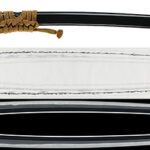 Katana:Mumei (Aoe)(44th NBTHK Juyo Token)
Katana:Mumei (Aoe)(44th NBTHK Juyo Token)
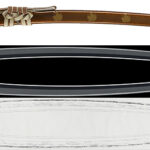 Katana: Nobutsugu(Aoe)(65th NBTHK Juyo Token)
Katana: Nobutsugu(Aoe)(65th NBTHK Juyo Token)
 Katana Bizen Osafune (partially cut off) (Masamitsu) Nen 8 Gatsu (partially cut off) (48th NBTHK Juyo Token)
Katana Bizen Osafune (partially cut off) (Masamitsu) Nen 8 Gatsu (partially cut off) (48th NBTHK Juyo Token)
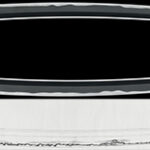 Tachi: Aoe Ju Yoshitsugu Saku(31st NBTHK Juyo Token)
Tachi: Aoe Ju Yoshitsugu Saku(31st NBTHK Juyo Token)
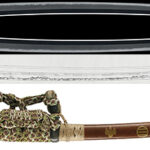 Katana: Bishu Osafune Masamitsu (illegible) (the 67th NBTHK Juyo Token)(NBTHK Tokubetus Hozon Tosogu)
Katana: Bishu Osafune Masamitsu (illegible) (the 67th NBTHK Juyo Token)(NBTHK Tokubetus Hozon Tosogu)
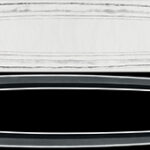 Katana:Signature: Mumei (attributed to Den Cho Aritoshi)(25th NBTHK Juyo Token)
Katana:Signature: Mumei (attributed to Den Cho Aritoshi)(25th NBTHK Juyo Token)




